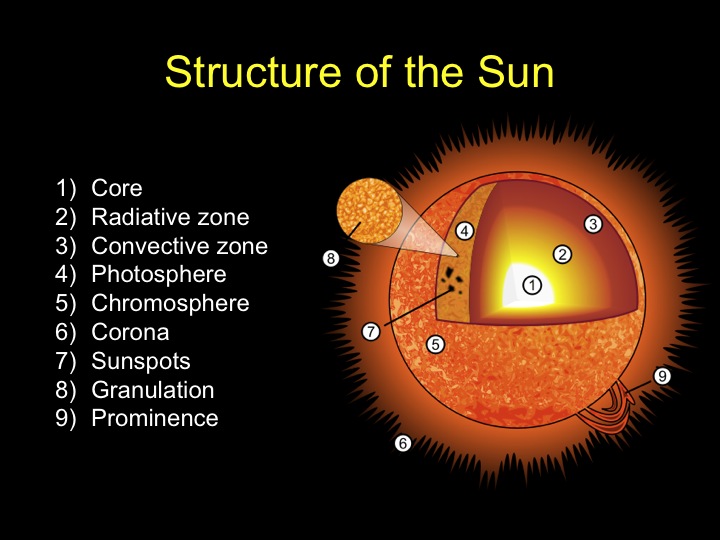
The Sun is a massive, hot, and luminous star at the center of our solar system. It consists of several layers, each with its own distinct characteristics and functions. From the center outward, the layers of the Sun are as follows:
Core:
Radiative Zone:
Convective Zone:
Photosphere:
Chromosphere:
Corona:
The Sun's complex structure and layers play a crucial role in its behavior, energy generation, and interactions with the surrounding space. Understanding these layers is fundamental to studying the Sun's dynamics and its influence on the solar system.
Thank You